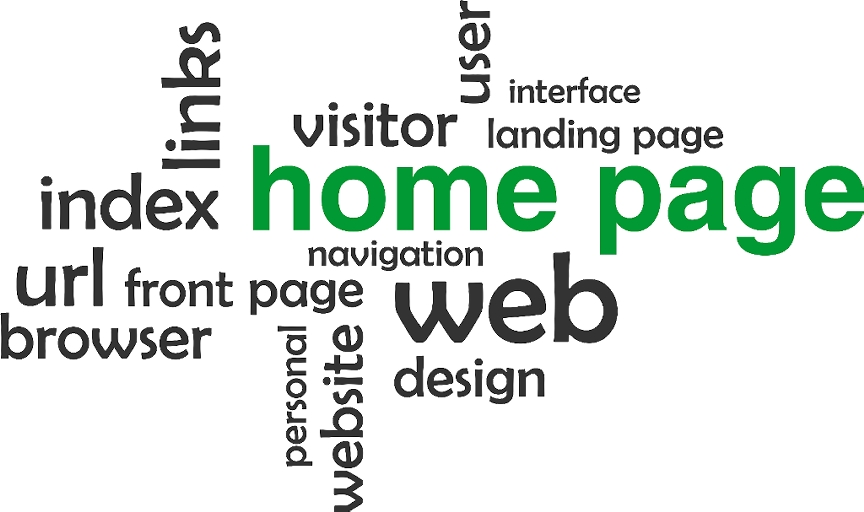
Turning Visitors into Customers: 4 Elements of a High Converting Landing Page
You’ve created a high traffic website that attracts tons of visitors through paid ads, organic search as well as social media platforms. However, if you’re unable to convert them into paying customers, then all your efforts will go down the drain. Here are 4 ways to build a high converting landing page for your website.
1. Remind them about their pain point
Whenever people encounter pain, they immediately start looking for a solution. It’s human psychology.
Your product or service solves a pain point. If you can make visitors think about that pain point, they will seek relief from it and are more likely to convert.
Mention what users will lose if they don’t use your product — through your copy or by providing real-life testimonials.
Also, be sure to offer your product or service as the antidote to their problems. Don’t leave your visitors hanging.
Here’s a great example of how author Ramit Sethi does it. His high converting landing page for his course “How to Talk To Anybody” reminds you about the different types of painful experiences people face because of poor communication skills — stress, embarrassment, loneliness, rejection and more. In the end, he offers his course as the solution that will give you the ability to talk to anyone, anywhere, anytime.
2. Why should I sign up? Mention benefits
Customers pay for benefits, not features. They don’t care about what your product does. They’re interested in “What’s in it for me?”
Make sure that you list the key benefits of using your product or service. Don’t create an exhaustive list of all benefits you can think of. Limit yourself to the top 3-4 benefits that truly matter. If you’re not sure which ones to pick, then look at your competitors’ landing pages to see what they’re doing. You can also look at review articles on news sites and authority blogs to find out the key evaluation criteria that were used to review similar solutions.
While talking about benefits, it’s easy to go off the track and start talking about your business. Instead, focus on the user. How does your solution help him/her?
For example, let’s say you run an online store. Which of the following benefits is customer-oriented?
- We offer 100% free shipping
- You don’t have to pay any shipping charges
It’s the second one
Here’s an example of how Crazy Egg lists three simple customer-oriented benefits on their high converting landing page.
3. Answer user objections
One of the most common reasons why people don’t sign up is because your landing page doesn’t answer their questions and objections in a satisfactory manner. For example, they may be interested in knowing about the data security of your solution, while your landing page doesn’t mention anything about it.
The key is to find out the most common concerns people have about your product and answer them on your landing page - by providing a list of features, or in your testimonials.
Ask yourself :
- Are visitors able to understand the content on my landing page?
- Are they looking for any specific information (e.g automated emails, pricing information, testimonials) that’s missing on my landing page?
- Am I attracting the right visitors to my website?
Start by looking at your support emails. What are the most frequently asked questions? Can you answer them upfront on your landing page? Sure, your site may have an FAQ page but don’t expect people to look for it when they visit your website.
Also, add a live chat widget to your site to find out who your visitors are, what they’re looking for and what they’re unable to find on your landing page.
For example, in our earlier days, we found that most of our visitors were trying to find out how long we’ve been around and if we had any well-known customers. So we added a brief description about when we started and also mentioned a few of our top customers, on our landing page. This simple change increased our conversion rate by 21%.
4. Logical Structure for Your high converting landing page
This is where it all comes together. You know what you need to add to your high converting landing page. How you present this information is as important as the content on your landing page.
Interested visitors will read your content and try to follow your thought process. So it’s important to lead them through a logical process of thinking.
- Start with a killer headline about your product/service, followed by a list of benefits, add in some testimonials and end your landing page with a call-to-action (CTA). This will give a simple and persuasive structure to your landing page.
- Some products are intuitive, or well-known. For example, most people already know what an email marketing tool stands for. However, if your solution is new or non-intuitive, you can also add a subheading, or a couple of lines explaining what your product or service does and what problem it solves.
- CTA placement is an important factor that drives conversion rates. Please your CTAs at the end of each logical section of your page. Ensure they’re prominently visible by using a large button with a conspicuous color such as red or orange.
- Use engaging images that are relevant to your product or service. Make sure they support your message and are not distracting. Avoid using stock photography. People can easily recognize it and this will lower the credibility of your site. For example, you can use,
- Lifestyle images of people using your product or service. This will help people imagine using your solution.
- Images of end deliverable of your product. For example, if you provide a reporting tool then you can show images of final reports. It will let users know what to expect when they use your solution.
Hopefully, the above tips will help you design a high converting landing page for your business.
Image: Photospin
Author Bio:
For more than 8 years, Sreeram Sreenivasan has worked with various Fortune 500 Companies in areas of Business Intelligence, Sales & Marketing Strategy. He regularly writes at Fedingo about a wide range of business growth and marketing topics. He’s also the Founder & CEO of Ubiq BI, a cloud-based BI Platform for SMBs & Enterprises.



